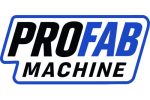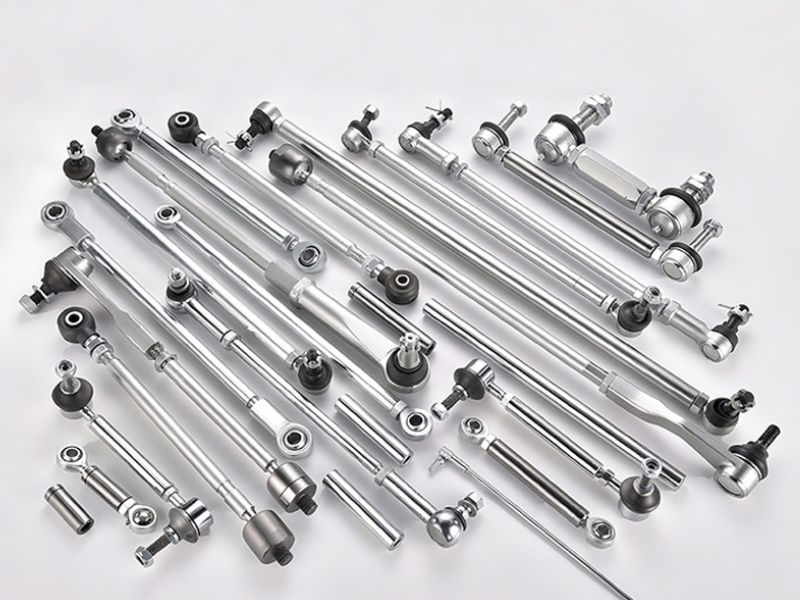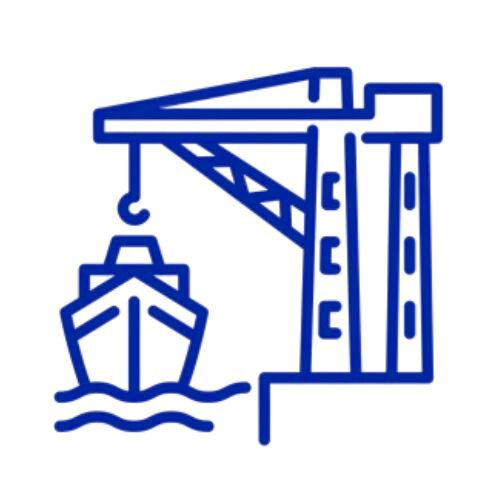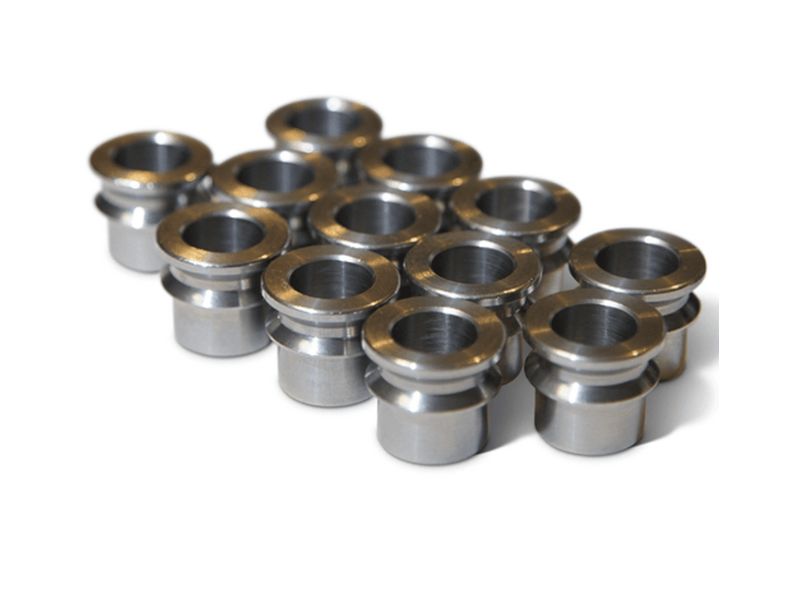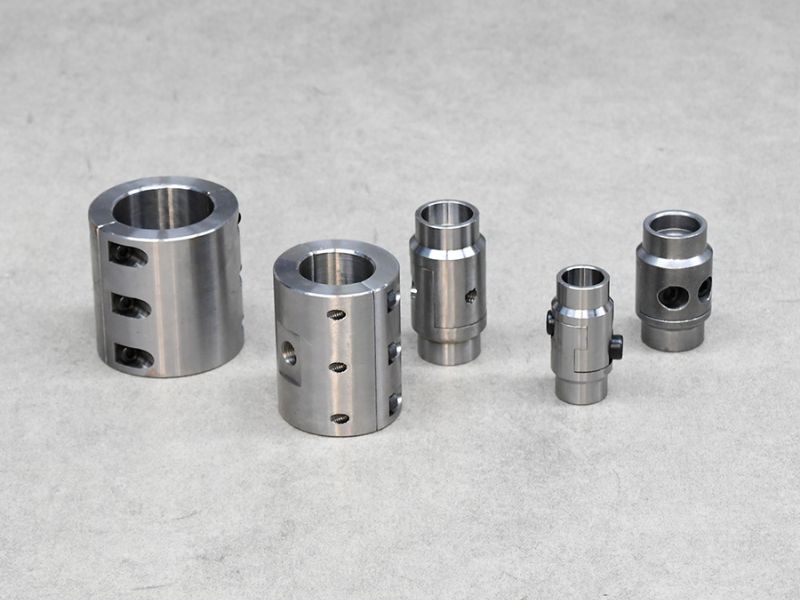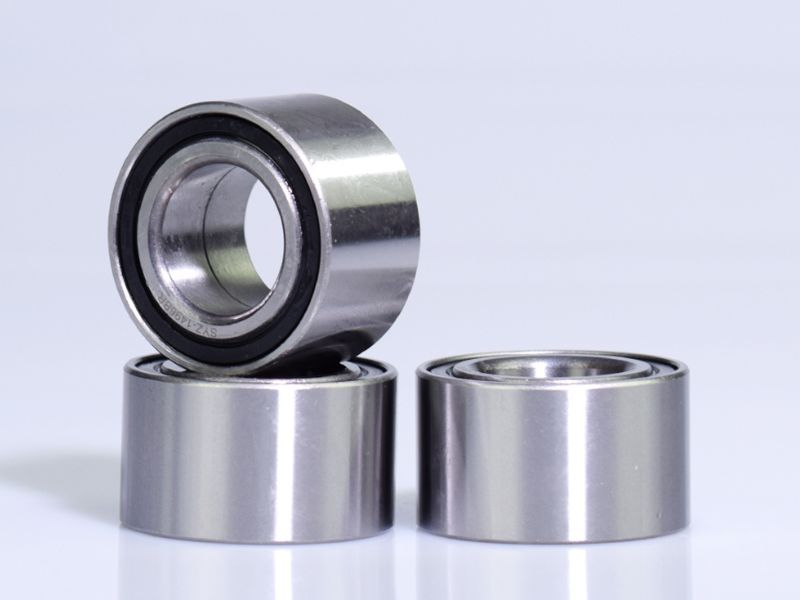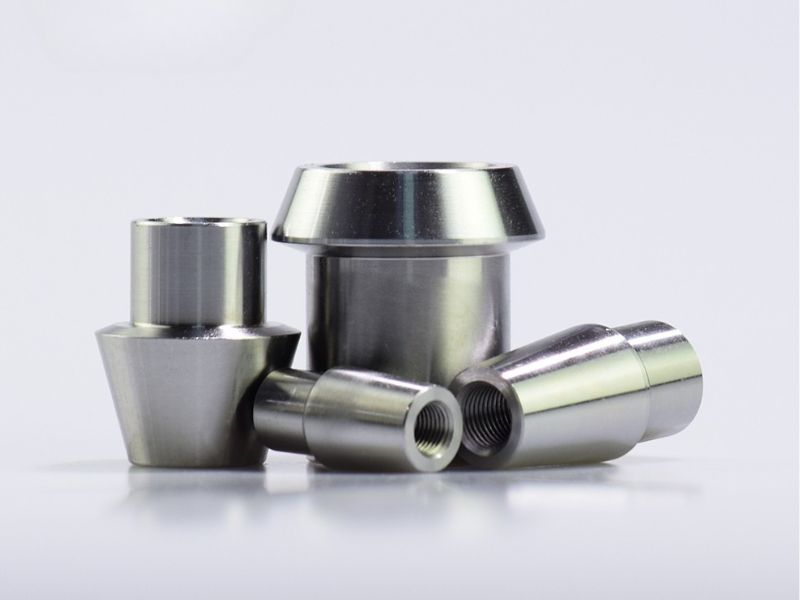Stainless Steel Tie Rod
Profab stainless steel tie rods are manufactured using precision CNC machining and high-standard heat treatment processes. They are designed to provide solutions for various industrial control systems.
Stainless Steel Tie Rod Manufacturer in China
Stainless steel tie rod are indispensable components in structural engineering. Their core function is to provide structural stability and support by transmitting tensile loads. Profab’s stainless steel tie rod typically consist of a threaded rod and two rod ends. The combination of these two components enables precise length adjustment and tension regulation. The rod ends can be replaced with clevis or ball joints, among other options. These tie rods play a foundational role in many applications, such as supporting steel columns or heavy-duty wooden beams, as well as structures like canopies and sunshades.
Profab offers a wide range of configurations, grades, diameters, lengths, and surface finish options to meet diverse project requirements. In addition to the tie rods themselves, we also provide matching components such as nuts, basket bolts, connecting nuts, and fork heads. We are capable of providing complete engineering design specifications and ensuring that our products can be seamlessly integrated into your larger system.
- Excellent corrosion resistance
- Reliability and long life reduce long-term costs
- Less brittle
- Easier maintenance and servicing
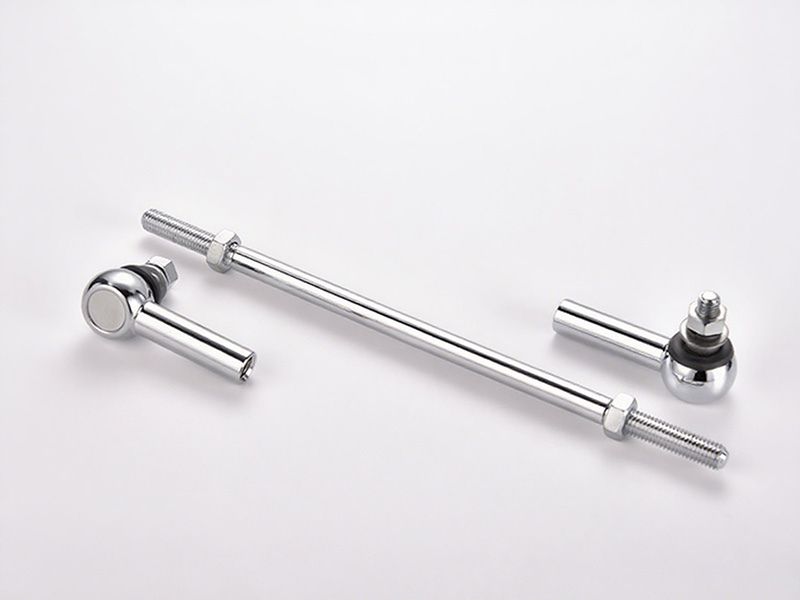
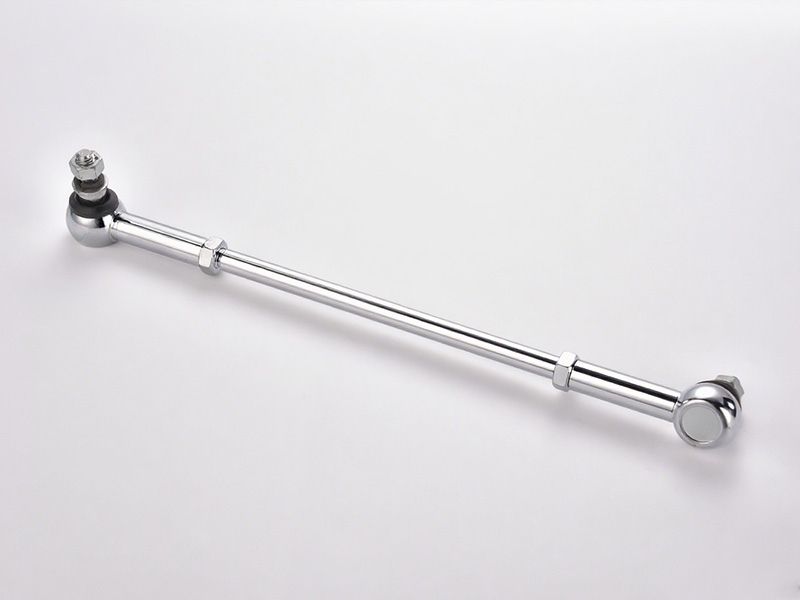
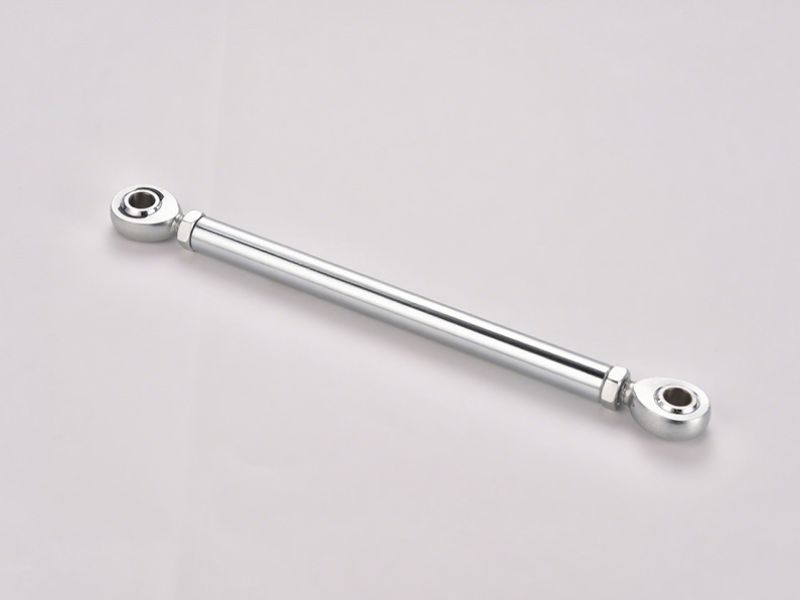
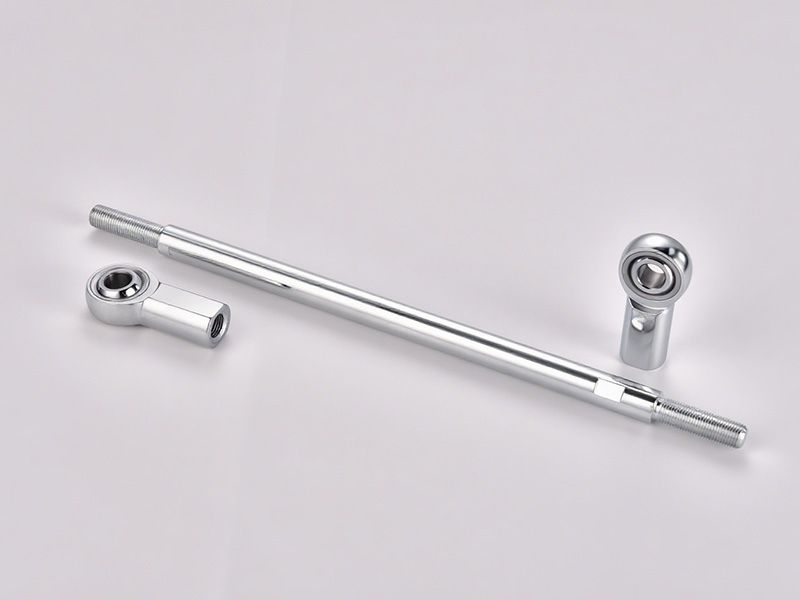
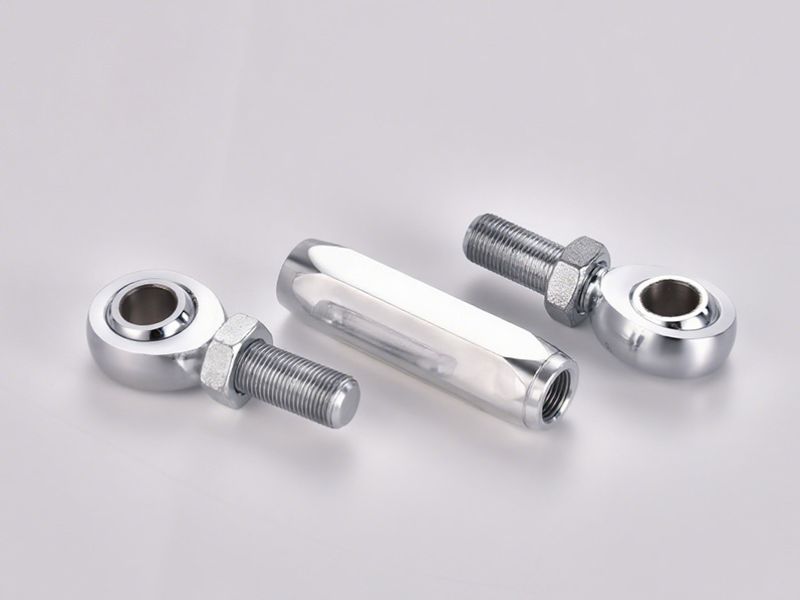
Variety of Applications For SS Tie Rods
Stainless steel tie rods play a key role in a wide range of industrial and professional fields thanks to their outstanding performance. They provide structural support, tension adjustment, and reinforcement for various complex projects.

Architecture
These tie rods are ideal for support systems, roof trusses, canopies, awnings, and seismic reinforcement. They provide structural integrity for construction projects and add industrial aesthetics, especially for supporting large wooden or steel structures.
Stainless steel tie rods are an indispensable component of docks, piers, shipyards, seawalls, and offshore platforms. Due to the harsh and corrosive nature of the marine environment, they provide stronger rust and corrosion resistance.
SS Tie Rods are key components in a vehicle’s steering and suspension system. They ensure vehicle stability and safety. Automotive components are often exposed to harsh environments, and stainless steel can withstand these conditions, increasing the overall reliability of the vehicle.

Chemical Processing
Wastewater treatment and chemical processing facilities operate under extreme environmental conditions. Internal components must withstand highly alkaline, acidic, and chemical solutions. Stainless steel tie rods are commonly used in the manufacture of corrosion-resistant containers, pipes, and structural components.
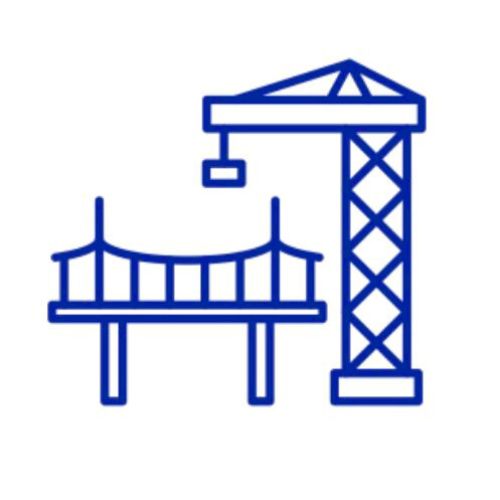
Bridge Construction
Stainless steel tie rods are suitable for post-tensioning systems in concrete structures such as bridges and parking lots to improve load-bearing capacity and durability. They are also used as anchor systems in earth retaining walls, marine retaining walls, and bridge abutments.
The aerospace industry favors stainless steel because of its excellent strength-to-weight ratio. They are manufactured as part of aircraft tie rod, push rod and control rod assemblies. Grades of stainless steel commonly used in aerospace include 304, 316, duplex stainless steel, and AL-6XN.
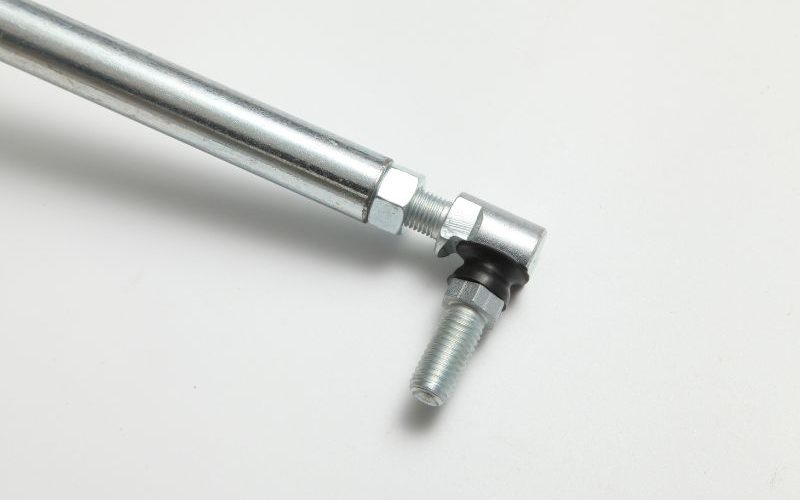
Why Choose PROFAB
We have comprehensive manufacturing capabilities, including cutting, threading, and hot-dip galvanizing, and complete tie rod assembly in-house to ensure precise thread fit.
- Extensive industry experience, commitment to quality and expertise
- Comprehensive solutions, not just products
- Customer-centric, simplified quotation and communication processes
- Reliability and sustainability
- Immediate response, regardless of project size
The core design purpose of a tie rod is to withstand tensile loads and to transfer those loads between structural members. To ensure structural safety, it is essential to understand its mechanical properties, including tensile strength, yield strength, elongation, and hardness. Relevant industry standards—such as ASME B31.1, MSS SP-58, and AISC 360-16—define the allowable stresses and load-bearing capacities. For tie rods of various diameters and material strengths, corresponding allowable tensile capacity data are available for reference.
The table below presents example load capacities for stainless steel tie rods. Please note that these values are for reference only. The final design for any specific project should be based on detailed engineering calculations and the applicable standards.
| Tie rod diameter (inches/mm) | Material grade | Allowable tensile load capacity (lb/kN) | Coarse thread root area (square inches) |
| 1/4″ | 304 SS | 240 pounds | 0.027 |
| 3/8″ | 304 SS | 610 pounds | 0.068 |
| 1/2″ | 304 SS | 1130 pounds | 0.126 |
| 5/8″ | 304 SS | 1810 pounds | 0.202 |
| 3/4″ | 304 SS | 2710 pounds | 0.302 |
| 7/8″ | 304 SS | 3770 pounds | 0.419 |
| 1″ | 304 SS | 4960 pounds | 0.552 |
| 1-1/4″ | 304 SS | 8,000 pounds | 0.889 |
| Note: The above data is based on ASTM A36 steel threaded rod, per ASME B31.1 and MSS SP-58 standards, with an allowable stress of 12,000 psi and a 25% reduction based on the thread root area. 28 For other material grades (such as 316 SS) or specific applications, please refer to the appropriate standards or consult a professional engineer. | |||
When selecting rod material, the application environment should be carefully considered. If the construction site is near the coast, has high humidity, or is exposed to chemicals, stainless steel rods are the better choice. Although stainless steel is more expensive, it offers better long-term performance and value in corrosive or demanding conditions.
The following table provides a comparison overview of stainless steel rods and carbon steel rods:
Characteristic | Stainless Steel | Carbon Steel | Ideal Application Scenarios |
Corrosion resistance | Excellent (containing chromium and nickel, not easy to rust) | Poor (easy to rust, need to be treated) | Corrosive environment, aesthetic requirements |
Initial cost | Higher | Lower | General-purpose, budget-sensitive projects |
Durability | High (less prone to brittle cracking under stress) | High (but susceptible to corrosion) | Long-term use, harsh conditions |
Maintain | Low (easy to clean, corrosion resistant) | High (requires more maintenance to prevent rust) | High hygiene requirements and low maintenance requirements |
Machinability/weldability | medium | good | Complex processing and high welding requirements |
Aesthetics | Excellent (various surface treatments, high gloss) | General (usually requires coating protection) | Exposed structures, decorative uses |
Proper installation is critical to ensure the long-term performance and safety of your tie rods:
Proper torque application: When tightening nuts, always apply torque according to the manufacturer’s specifications. This prevents distortion, vibration, and premature wear.
Centering the stud: Ensure that the stud is centered in the ball and socket during installation. This exte nds the life of the tie rod ends and prevents excessive play or rattling.
Periodic inspection: It is recommended that the joints be inspected for excessive play during wheel alignment or tire rotation.
Wheel alignment after replacement: The adjustable nature of the tie rods means that each installation affects the vehicle’s wheel alignment angle, particularly the front beam angle. Skipping this critical step can lead to erratic handling, accelerated tire wear and potentially dangerous driving conditions.
Professional installation: Considering the importance of steering components to safety and the special tools, removal, torque specifications and wheel alignment requirements required, it is recommended that installation be performed by a professional.
